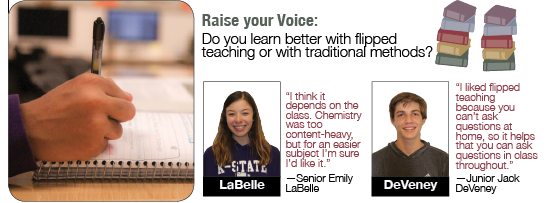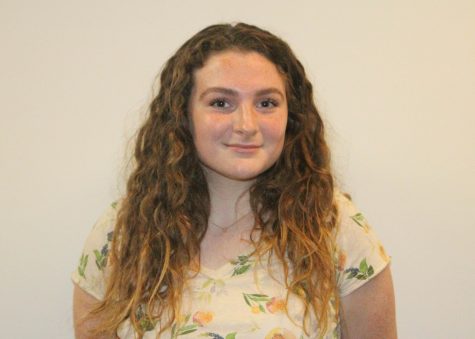Alternative teaching methods such as flipped teaching are appreciated, not always helpful

In the last few years, flipped teaching has been implemented at BV by several teachers.
Though the concept of watching videos at home and doing worksheets in class seems helpful, it sometimes leads toward confused students, technical problems and lower test scores.
Not all videos have these issues — some classes implement flipped teaching better than others.
I will admit, I typically do better in a traditional classroom setting where a teacher lectures or the class has discussions about topics we’re learning.
That’s not to say I love being lectured to every day — the point is that conventional teaching works, and my grades turn out better.
The main issues with flipped teaching started in the first week of my experience with it and continued throughout the year. The videos not working and therefore not being able to watch them in order to do the worksheets the next day wasn’t helpful.
One of the core reasons teachers use the flipped classroom method is to allow students to ask questions during class. In my experience, only a few students had the opportunity to get help during class because the questions asked were complicated and needed essentially another lecture on how to do the problem.
Many of the videos were so vague and skin-deep that when given worksheets, it was difficult to complete them because I could only work through exactly what the video showed me. If I had a question, it was likely I wouldn’t get to ask mine.
Flipped teaching didn’t prepare me well for tests because the tests were much more complex than anything in the videos. Even strong, detailed notes weren’t in-depth enough to be very helpful.
The one thing I did like about flipped teaching is that I had little or no homework in the class which freed up my time to do other work or go to social events.
Flipped teaching could be a great thing for BV — but only if it’s used efficiently.
Videos need to be specific and in-depth so that it’s actually helpful for students to watch, as well as having a quick but useful way to answer questions.
Flipped teaching can work really well for some classes, like math. In other classes, like science or English, students usually prefer to have hands-on help in order to understand the topics better.
The effort that is being put in to reform the education system is realized and appreciated, because it does give students a new and unique way to learn, but if test scores don’t improve then the alternative form of teaching isn’t worth continuing.

Charlotte Rooney is a senior and the opinion editor for “The Tiger Print.” She loves writing opinions about current events and writing news stories...



